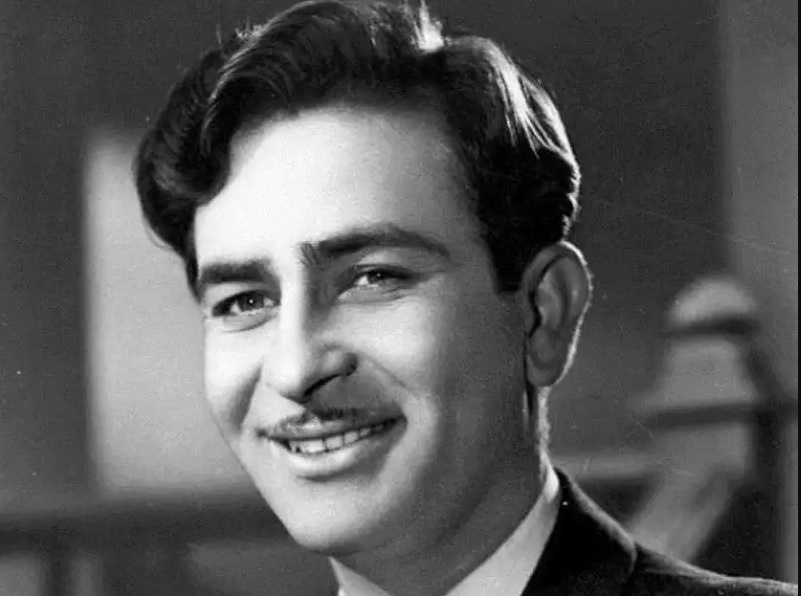Gharanas in Indian classical music is an age-old tradition. All the Gharanas have distinctive styles and manners during which they sing the notes. There are different Gharanas based in several regions, and their styles also are highly influenced by the creative style invented by one master that goes on to be emulated by his students. This Guru-Shishya concept is named ‘Gharanas’ in Hindustani classical music. They also devised a new style by improvising on the prevailing musical structures and giving it new form through different approaches and interpretations.
Gharanas in Hindustani classical music are divided into two major categories – ‘Khyal’ and ‘Thumri’, supported by the singing style or referred to as ‘Gayaki’ in Hindustani classical music. Here’s the list of Gharanas in Hindustani classical music –
1. Gwalior Gharana –

This is one of the oldest Gharanas of Indian classical music and has a simple singing style, melody, and rhythm. Most of the songs from this Gharana are ‘Bandishes’, that use a spread of ‘Tans’. Miya Tansen had started it, and a few of the foremost notable musicians are Krishnarao Shankar Pandit and also Raja Bhaiyya Poonchwale. Moreover, contemporary artists like Meeta Pandit, Shashwati Mandal, and Vasundhara Komkali, are exponents of Gwalior Gharana.
2. Agra Gharana

Agra Gharana is rooted in Nauhar Bani, which is traced back to 1300 AD. The design of singing is distinguished by exuded deepness within the voice, which makes the compositions soulful, creating a resonating effect. It was founded by Haji Sujan Khan and also by Ustad Ghaghe Khuda Baksh. The foremost notable singers are Faiyaz Khan, Khadim Hussain Khan, and Zohrabai. Waseem Ahmed Khan and Bharathi Prathap also are famous exponents of Agra Gharana active today.
3. Kirana Gharana

This is the foremost prolific Gharana in Indian classical music. The singing style predominantly focuses on the right intonation of ‘Swaras’. It’s rooted within the foundation by Ustad Bade Ali Khan, who was a player of ‘Rudra Veena’. the foremost notable exponents of Kirana Ghara are Bhimsen Joshi, Firoz Dastur, and also Prabha Atre. Furthermore, Sumitra Guha and Sanhita Nanda are active exponents of Kirana Gharana.
4. Bhendi Bazaar Gharana

Bhendi Bazaar Gharana is one of the old Gharanas in Indian classical music. It came into the image within the year 1890. The founders of this Gharana are Chhajju Khan, Nazir Khan, and Khadim Hussain Khan, and its roots are within the ‘Bhendi Bazaar’ area of Mumbai. The singing style entails the utilization of the ‘Merukhand’ system of extended ‘alaps’. the foremost renowned disciples of Bhendi Bazaar Gharana are Lata Mangeshkar, Manna Dey, and also Begum Akhtar.
5. Jaipur-Atrauli Gharana

This is predominantly Khayal singing. Alladiya Khan started it within the late 19th century. Jaipur-Atrauli Gharana is legendary for its unique Layakari, and also the rich repertoire of ragas. The singing style is sort of different from other Gharanas. While in other Gharanas notes are simple, during this one they’re quite oblique with filigree involving neighboring notes. Contemporary disciples of this Gharana are Ashwini Bhide Deshpande, Raghunandan Panshikar, Shruti Sadolikar, and also Sanjay Dixit.
6. Patiala Gharana

‘Patiala Gharana’ is one of the Gharanas in Indian classical music, which was founded by Ustad Fateh Ali Khan, and also Ustad Ali Baksh. Patiala Gharana has both sorts of singing – ‘Thumri’ and ‘Khyal’. the foremost famous exponents of Patiala Gharana are Pakistani ghazal singer Gulam Ali, and also the contemporary singer Shafqat Amanat Ali. The Pakistani singers have also garnered enormous fame in India.
7. Rampur-Sahaswan Gharana

Rampur-Sahaswan Gharana is Indian classical music Gharana, with its roots in towns of Rampur and Sahaswan (North Uttar Pradesh), which Ustad Inayat Hussain Khan had founded. The singing style is more like Gwalior Gharana and features medium-slow tempos, a full-throated voice, and also intricate rhythmic play. the foremost famous disciples of this Gharana of Indian classical music are Pandit Ganpat Rao and also Arun Bhaduri. In popular music genres or Bollywood, Hariharan, Sonu Nigam, and Shaan have also done many renditions that have a characteristic sort of Rampur-Sahaswan Gharana.
8. Indore Gharana

This Gharana was founded by Ustad Amir Khan. The singing style is the amalgamation of the styles and essence of the singing of legends like Abdul Wahid Khan, Aman Ali Khan, Rajab Ali Khan, and Abdul Karim Khan. Furthermore, the songs have slow tempo, raga development, melody, and rare use of ‘Tihai’. Prominent exponents include names like Sultan Khan, Singh Bandhu, and Pandit Amarnath.
9. Mewati Gharana

This is a Khyal based music apprentice clan in Indian classical music, which was founded by Ustad Ghagge Nazir Khan of Jodhpur. The Gharana had gained prominence only after Pandit Jasraj rose to fame together with his classical renditions. Compositions of Mevati Gharana depict Sufi and Kirtankar influences, and therefore the songs have theistic and spiritual elements. a number of the foremost famous exponents of Mewati Gharana are Pandit Abhyankar, Smt. Kala Ramnath and Pandit Arvind Thatte.
10. Sham Chaurasia Gharana

This is the foremost modern Gharana in Indian classical music, which is understood for its vocal duets, most notably represented in times by musician brothers Nazakar and Samanat Ali Khan. Chand Khan and Suraj Khan had founded Chaurasia Gharana way back in the 16th century. Also, within the words of Ustad Shafqat Ali Khan, “It may be a Dhrupad Gharana with Khyal ka Andaz.”
All the singing Gharanas have their peculiar sort of rendition and that they influence contemporary music too. Moreover, while the celebrity and hullaballoo of up to date Bollywood songs are more of an epiphany (except some great compositions), renditions of Indian classical music are timeless. There also are Tabla Gharanas in Indian classical music, which altogether becomes a special and interesting subject of research.





